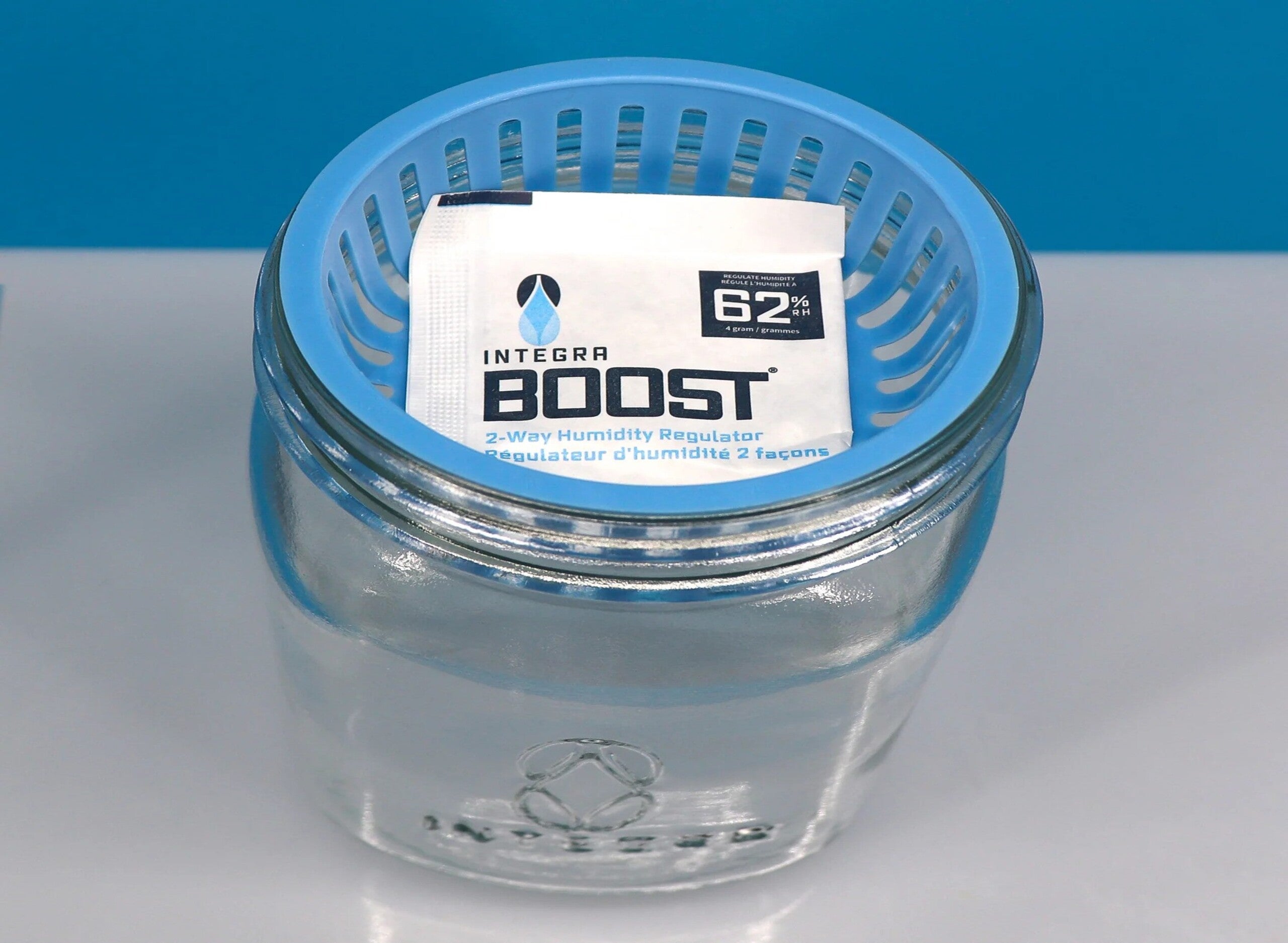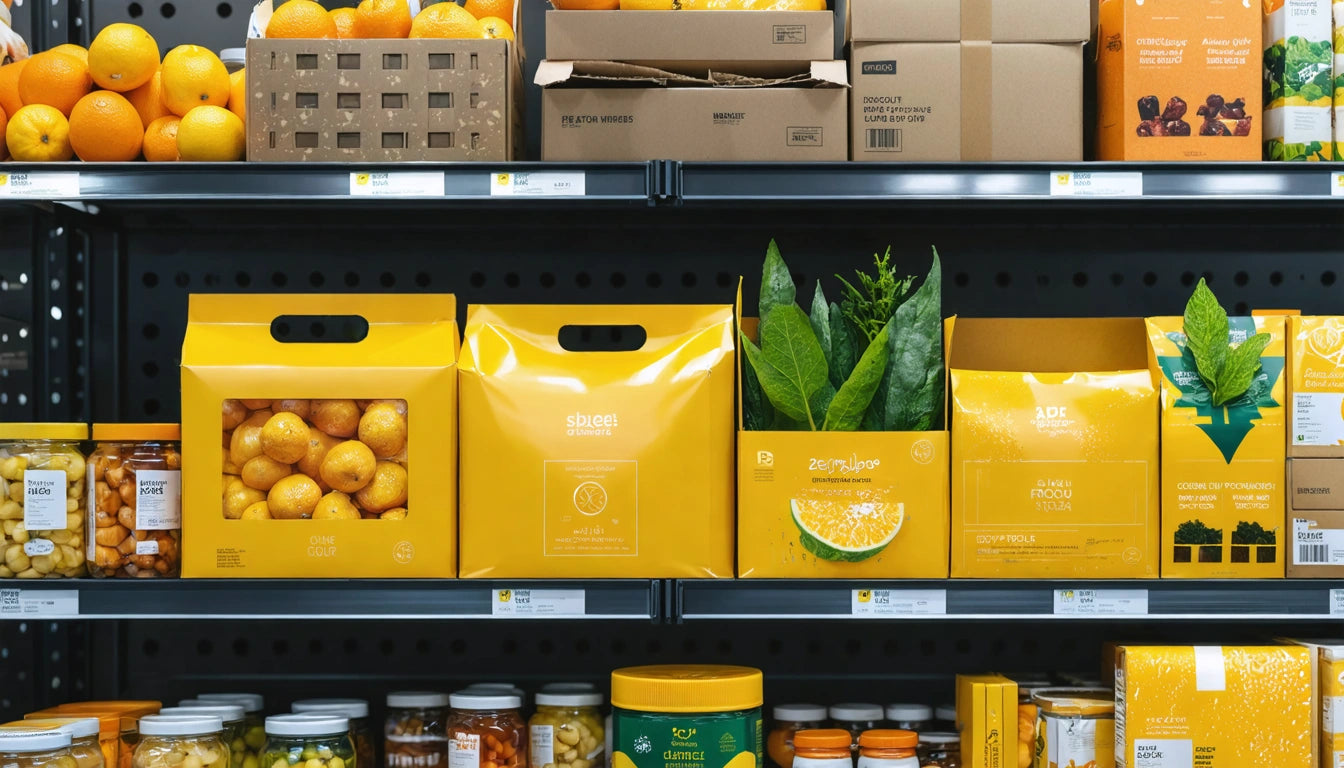Table of Contents
- Understanding Mood Boards in Cannabis Brand Development
- Essential Elements of Effective Cannabis Design Templates
- Balancing Compliance and Creativity in Visual Planning
- Creating Mood Boards That Resonate with Target Audiences
- Design Templates for Different Product Lines and Categories
- Implementation Strategies for Brand Consistency
In the rapidly evolving cannabis industry, visual branding has become a critical differentiator for companies seeking to stand out in an increasingly crowded marketplace. Mood boards and design templates serve as foundational tools that help cannabis brands develop cohesive visual identities, maintain consistency across product lines, and effectively communicate brand values to consumers.
Understanding Mood Boards in Cannabis Brand Development
Mood boards are visual collections that capture the essence, tone, and aesthetic direction of a cannabis brand. They typically include color palettes, typography samples, imagery styles, textures, and other visual elements that collectively represent the brand's personality and appeal to target demographics.
According to research on color psychology in cannabis packaging, different hues can evoke specific emotional responses from consumers. For example, greens often connote naturalness and wellness, while purples may suggest premium quality or relaxation effects. Effective mood boards strategically incorporate these psychological principles to align visual elements with desired brand perceptions.
Benefits of Mood Board Development
- Creates alignment among stakeholders on visual direction
- Establishes clear parameters for designers and marketing teams
- Helps identify potential visual conflicts before production
- Serves as a reference point for evaluating new design concepts
- Facilitates communication between brand owners and design partners
Essential Elements of Effective Cannabis Design Templates
Design templates translate mood board concepts into practical frameworks for consistent implementation across packaging, marketing materials, and digital assets. For cannabis brands, these templates must address several industry-specific considerations while maintaining visual appeal.
Typography and font selection play a crucial role in cannabis branding, with research showing that font styles can significantly impact consumer perceptions of product quality and effects. Templates should specify primary and secondary typefaces along with usage guidelines for different contexts.
Balancing Compliance and Creativity in Visual Planning
Cannabis brands face unique challenges in balancing creative expression with strict regulatory requirements. Effective mood boards and templates must incorporate space for mandated warning labels, THC symbols, and other compliance elements without compromising aesthetic appeal.
Child-resistant packaging requirements add another layer of complexity to cannabis design planning. According to safety standards established by the Consumer Product Safety Commission, packaging must be significantly difficult for children under five to open while remaining accessible to adults. Design templates need to account for these functional requirements while maintaining brand identity.
The challenge of balancing compliance with creativity requires templates that build in flexibility while preserving core brand elements. This approach allows for regional adaptations without starting design processes from scratch for each market.
Creating Mood Boards That Resonate with Target Audiences
Successful cannabis mood boards begin with thorough audience research. Different consumer segments respond to distinct visual cues, and effective mood boards reflect these preferences. For example, medical cannabis users often respond positively to clinical, clean designs that convey professionalism and reliability, while recreational consumers might connect with more expressive, lifestyle-oriented visuals.
The debate between minimalist and maximalist design approaches continues to evolve in the cannabis industry. Mood boards should explore both directions to determine which better aligns with brand positioning and target demographics.
Steps for Creating Effective Cannabis Mood Boards
- Define brand values, personality traits, and positioning statements
- Research visual preferences of target demographics
- Collect inspiration from both within and outside the cannabis industry
- Develop 2-3 distinct visual directions for stakeholder feedback
- Refine selected direction with specific color codes, typography, and imagery styles
Design Templates for Different Product Lines and Categories
Cannabis brands often maintain multiple product lines targeting different consumer needs and occasions. Design templates should establish visual systems that differentiate these lines while maintaining overall brand cohesion.
Differentiating product lines through design requires templates that establish consistent elements (logo treatment, primary brand colors) while allowing for variation in secondary colors, patterns, or imagery that signal product attributes.
For example, a brand might develop templates that use consistent typography and logo placement but vary color schemes to distinguish indica, sativa, and hybrid offerings, or different visual treatments to separate concentrates from flower products.
Implementation Strategies for Brand Consistency
Translating mood boards and templates into consistent brand expressions requires systematic implementation strategies. Comprehensive style guides provide detailed specifications for applying visual elements across applications.
Digital asset management systems help cannabis brands maintain control over brand assets, ensuring teams access only approved, up-to-date templates and elements. This centralization becomes particularly valuable for brands operating across multiple markets with varying regulatory requirements.
Regular brand audits should evaluate how effectively mood board concepts are being translated into market-facing materials. These reviews can identify inconsistencies, compliance issues, or opportunities to refresh visual elements while maintaining brand recognition.
As cannabis brands mature, their visual systems must evolve while preserving core equities. Establishing processes for periodic mood board and template updates allows brands to stay relevant without losing the visual recognition they've built in the marketplace.











Leave a comment
All comments are moderated before being published.
This site is protected by hCaptcha and the hCaptcha Privacy Policy and Terms of Service apply.